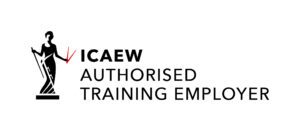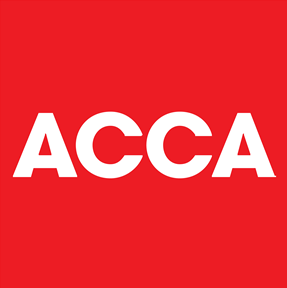What are HMRC Payment on account?
Like this page? Share it with your friends
Facebook
Twitter
LinkedIn
WhatsApp
Email
Print
Table of Contents
What is payment on account?
As the name suggests, this is your personal tax payment made on account (in advance). Usually, personal tax is paid/settled in 3 separate events i-e 2 payments on account and 1 balancing payment/refund.
The first payment on account is due on 31st January (during the relevant tax year) and the 2nd payment on account is due on 31st July (after the relevant tax year). Payments on account are meant to assist you spread your tax bill. This system also provides the treasury with a financial boost in middle of the year.
When Payments on account are not due?
Payments on account for any tax year are not due if;
- Your last year’s self assessment tax bill was less than £1,000
- You have paid more than 80% of all your tax liability via deduction at source, for example, via your employment PAYE tax.
How to calculate Payment on account?
Each of the 2 Payments on account will normally be half of your last year’s tax bill. They will include Class 4 National Insurance contributions, if applicable. However, student loan repayments and Capital Gains Taxes are ignored for calculation of Payments on account, as they are paid in your balancing payment.
Example of Payment on account?
Find below example of Payment on account calculation on Gov.uk website;
Your bill for the 2018 to 2019 tax year is £3,000. You made 2 payments on account last year of £900 each (£1,800 in total).
The total tax to pay by midnight on 31 January 2020 is £2,700. This includes:
- your ‘balancing payment’ of £1,200 for the 2018 to 2019 tax year (£3,000 minus £1,800)
- the first payment on account of £1,500 (half your 2018 to 2019 tax bill) towards your 2019 to 2020 tax bill
You then make a second payment on account of £1,500 on 31 July 2020.
If your tax bill for the 2019 to 2020 tax year is more than £3,000 (the total of your 2 payments on account), you’ll need to make a ‘balancing payment’ by 31 January 2021.
How to pay Payment on account?
The first Payment on Account is paid along with the last year’s balancing payment latest by 31st January. The 2nd payment on account is due by 31st July following the tax year end. They are paid into the same HMRC bank account and using the same reference number as the balancing payment/normal personal self-assessment tax bill is paid. Click here for further details.
Can I reduce my Payments on account?
Being self employed, your income can vary significantly from year to year. If you believe that your next year’s income will be lower than current year’s, your next year’s payment on account will still be based on your current year’s taxes by default. However, you can reduce your payment on account providing the appropriate reason for such reduction.
You can do so in your online HMRC account under “Reduce payments on account”. Alternatively, you can send SA303 to your tax office.
Some taxpayers reduce their payment on accounts merely to delay their tax payments. This can be a risky strategy, as you will be required to pay interest on any underpayment of payments on account.
Our service to you
If you are a self employed, business owner/director of company looking to get your accountancy and taxation matters sorted, look no further. We, at Naail & Co, are pro-active and easily accessible accountants and tax advisors, who will not only ensure that all your filing obligations are up to date with Companies House and HMRC, but also you do not pay a penny more in taxes than you have to. We work on a fixed fee basis and provide same day response to all your phone and email enquiries. We will also allocate a designated accounts manager who would have better understanding of your and business financial and taxation affairs. Book a free consultation call using the link below.
Related Blogs:
Get further information from the following blogs;
Subscribe to our newsletter
BUSINESS HOURS
Monday – Friday
- 9:00 am – 5:30 pm
Pages:
Menu








